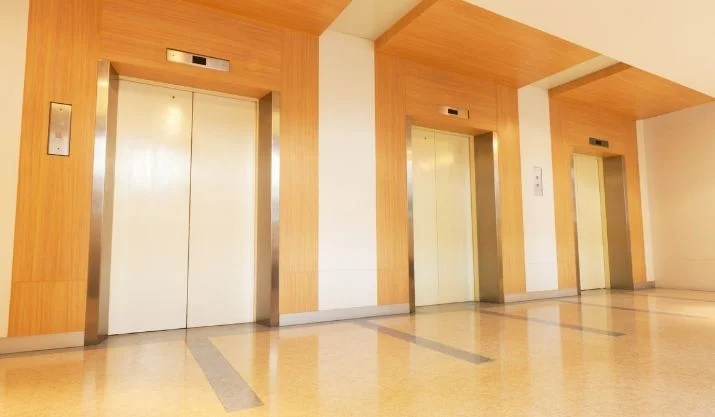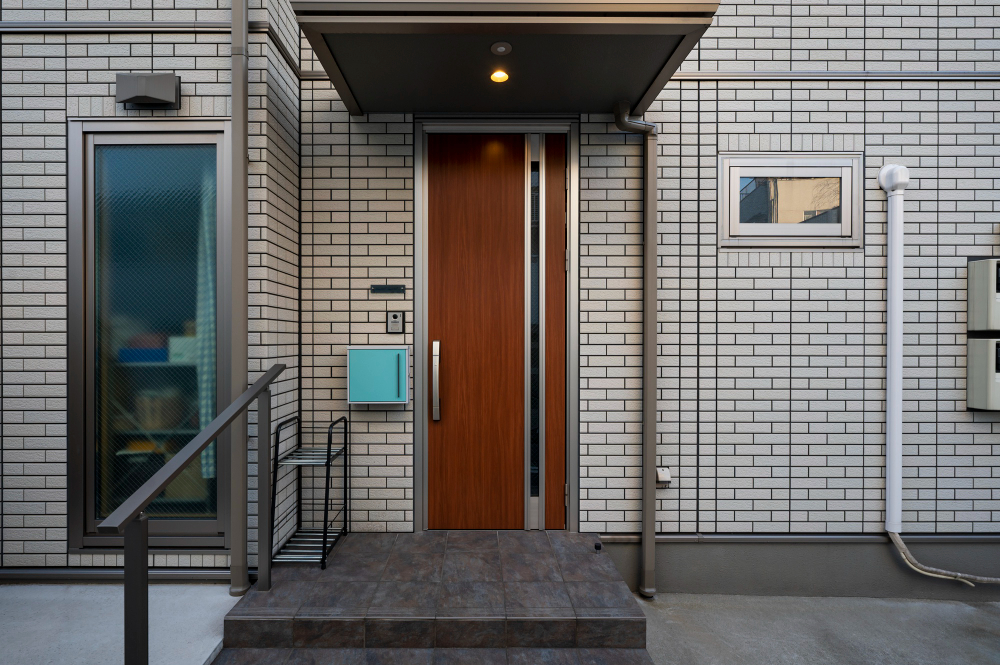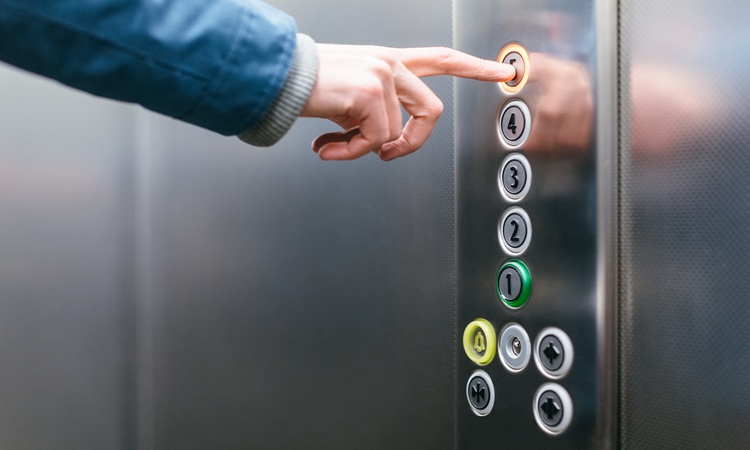What is Elevator? How does it work
Post Date : Feb 25, 2022
With the advancements in technology, many changes have occurred in different industries, computers, and software. They have even contributed to significant progress in all the other sectors. You can safely be transported from one floor to another by pushing the switch or the button. In today�s time, the elevator is a mandatory thing for any building with more than four to five floors. The elevator is both easy and convenient, especially for physically challenged people. Let�s discuss in detail the elevator and its works?
What is Elevator (Lift)?
An elevator is defined as an electric lift that is helpful in the vertical transportation of goods or people among various floors of the building. These are worked using an electrical motor that can drive counterweight system cables. This helps drive the transaction like a hoist and otherwise pumps hydraulic fluid to raise any cylindrical piston such as a jack.
They are used in various industries like agriculture, manufacturing, etc. Elevators are classified into various types based on the requirements. The most frequent usage of elevators is in the latest multistory constructions, and it is mainly present in those buildings where the wheelchair ramp won�t be practical.
How does a lift work?
The functioning of an elevator is the same as the pulley system. A pulley system is used to draw the water out of the well, and it can be efficiently designed with a bucket, rope, and wheel. When a bucket is connected with a string that can be passed throughout the revolution, water is drawn quickly from the well. The elevators use the same concept in the present-day scenario. However, the main difference between these two is that the pulley is operated manually, whereas the elevators use various sophisticated mechanisms for handling the load of an elevator.
A metal box made in different shapes is connected to a very tough metal rope. The rugged metal rope is made to pass through a sheave on the elevator present in the engine room. This system is motor operated; hence the motor is activated as soon as the switch is turned ON or when the elevator goes up and down or stops.
The elevator is constructed with various components that include speed control systems, electric motors, rails, cabins, doors, shafts, buffers, and safety devices.
What are the different types of Elevators?
There are different types of lifts or elevators, including hydraulic elevators, pneumatic elevators, passenger lifts, freight elevators, cable-driven, residential elevators, machine room-less elevators, etc.
Hydraulic Elevator An elevator is power-driven by a piston, and it can move within the cylinder. The movement of the piston can be done by pumping hydraulic oil to the cylinder. The piston can easily lift the cab, and an electrical valve can also control the oil.
The applications of these elevators are made in five to six buildings. The operations of these elevators can be done at a speed of 200 ft or 61 meters every minute. The current hydraulic pumps are designed so that they can use a Y-delta starter and otherwise solid-state contractor. If we talk about the power supply of the motor and building, the solid-state starters are superior. The windings stay longer, and there is no voltage drop across the building power supply.
- Pneumatic Elevator
This is designed with an external cylinder that includes a modular section to fit effortlessly one by one with a self-supporting cylinder. The top of the tube is designed in such a manner that it ensures tight air shutting suction valves as well as inlets. A lift car can run within the cylinder, and the head unit is on the top of the cylinder surface, consisting of valves, controllers, and turbines for the elevator movement to be controlled.
- Cable Driven or traction elevator
The most popular type of elevators is traction elevators or cable-driven elevators. It has steel cables and hoisting ropes that can run above the pulley, which is connected to the motor. In this type of elevator, the hoisting cable and several wires are connected to the surface of an elevator. It is covered with a sheave on one side, and the other side is connected to counterweights that travel up or down on the guide rails.
- Capsule Lift
The capsule lifts are generally used in prestigious buildings for the decorations of the buildings. This type of lift is used primarily for comfortable traveling.
- Building Lift
The transportation among the vertical sections among the floors of the various buildings. They are used in public buildings, offices complexes, offices, and multistory buildings. These help in providing vertical movement in high buildings. Some lifts are also used for emigration and firefighting purposes.
These are the type of lifts that can move vertically in a well-equipped lift shaft. The control systems of these lifts are designed so that the most economical sharing of passengers is done all over the building.
- Freight Elevator
These are known as workhorses in the world of elevators. The primary use of these elevators is in warehouses, manufacturing industries, shopping malls, seaports, etc. They are vital and are manufactured by engineers.
- Residential Elevators
They excel in providing stylish options to the platforms and the stairlifts. They can be easily installed in any particular home, and they are available in different styles and even improve the decoration of your home.
Conclusion
Technology has given us various innovations. Elevators are one of the best innovations for the ease of humankind. They are used for day-to-day purposes and multiple industries like manufacturing, agriculture, and many more.






